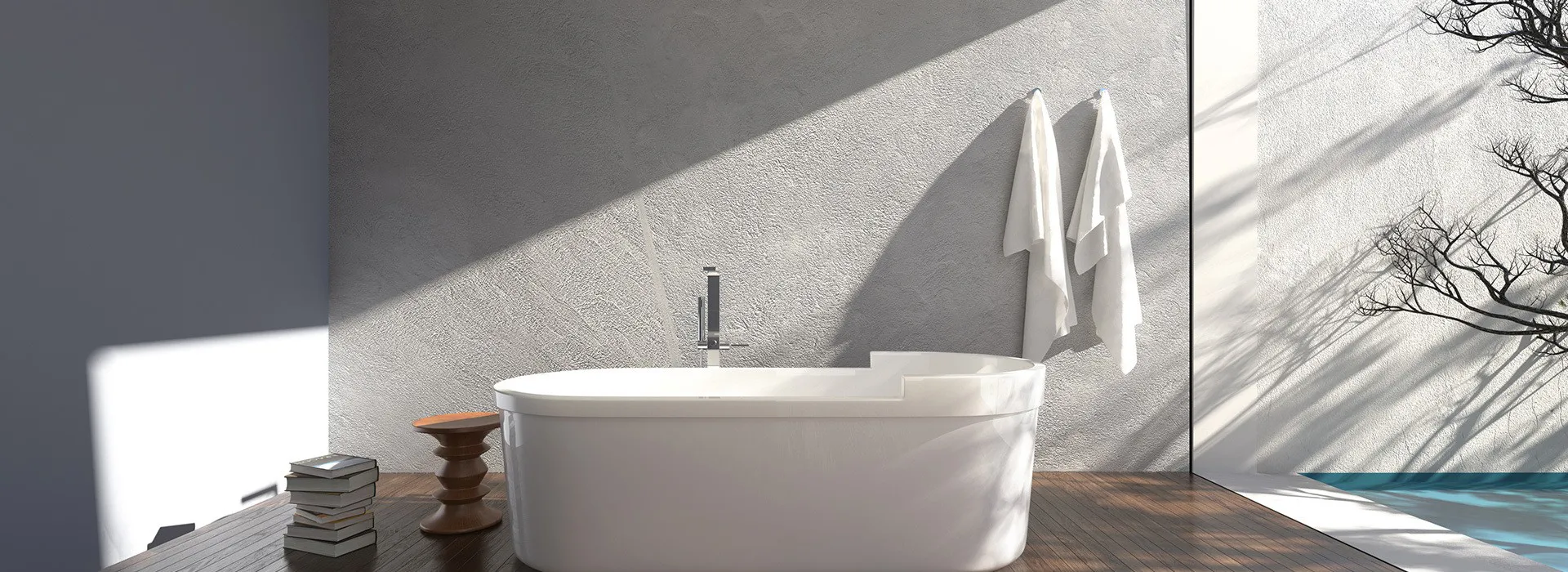
Knowledge
Understanding PVC Pressure Piping Systems: A Comprehensive Guide for Construction Professionals
Release time : April 17 2025
PVC (Polyvinyl Chloride) pressure piping systems are widely utilized in various construction applications, offering a combination of durability, flexibility, and cost-effectiveness. Understanding the fundamentals of PVC pressure piping is crucial for professionals in the building and decorative materials industry, as it can greatly influence the efficiency and longevity of plumbing and irrigation systems.
One of the primary advantages of PVC pressure piping systems is their resistance to corrosion. Unlike metal pipes, which can deteriorate over time due to rust and corrosion, PVC pipes maintain their structural integrity, ensuring that they last longer with minimal maintenance. This property makes them particularly suitable for both residential and commercial projects, where water quality and system reliability are paramount.
Another significant benefit of PVC pressure piping is its lightweight nature, which simplifies installation and reduces labor costs. The ease of handling and transportation allows for quicker assembly, cutting down on project timelines. Additionally, the smooth interior surface of PVC pipes promotes efficient fluid flow, reducing the risk of clogs and pressure loss, which is crucial in systems that require consistent performance.
When selecting a PVC pressure piping system, considerations such as pressure ratings and temperature tolerances are essential. Different applications, such as irrigation, potable water distribution, or wastewater management, require specific standards to ensure safety and effectiveness. It is vital for professionals to assess the specific needs of their projects to choose the appropriate type of PVC piping that adheres to local building codes and industry standards.
Installation practices also play a critical role in the performance of PVC pressure piping systems. Proper cutting, joining, and sealing techniques are essential for preventing leaks and maintaining system integrity. Using compatible fittings and adhesives is crucial to achieving optimal results, ensuring that joints remain secure over time.
In maintaining PVC pressure piping systems, regular inspections and preventive maintenance can help identify potential issues before they escalate into costly repairs. Professionals should encourage clients to monitor their systems for signs of wear or damage, as early intervention is often the key to prolonging the lifespan of piping systems.
In conclusion, PVC pressure piping systems are an excellent choice for various construction projects due to their durability, easy installation, and cost-effectiveness. By understanding their benefits and adhering to proper installation and maintenance practices, construction professionals can ensure that their projects remain efficient and reliable, ultimately leading to satisfied clients and successful outcomes.
One of the primary advantages of PVC pressure piping systems is their resistance to corrosion. Unlike metal pipes, which can deteriorate over time due to rust and corrosion, PVC pipes maintain their structural integrity, ensuring that they last longer with minimal maintenance. This property makes them particularly suitable for both residential and commercial projects, where water quality and system reliability are paramount.
Another significant benefit of PVC pressure piping is its lightweight nature, which simplifies installation and reduces labor costs. The ease of handling and transportation allows for quicker assembly, cutting down on project timelines. Additionally, the smooth interior surface of PVC pipes promotes efficient fluid flow, reducing the risk of clogs and pressure loss, which is crucial in systems that require consistent performance.
When selecting a PVC pressure piping system, considerations such as pressure ratings and temperature tolerances are essential. Different applications, such as irrigation, potable water distribution, or wastewater management, require specific standards to ensure safety and effectiveness. It is vital for professionals to assess the specific needs of their projects to choose the appropriate type of PVC piping that adheres to local building codes and industry standards.
Installation practices also play a critical role in the performance of PVC pressure piping systems. Proper cutting, joining, and sealing techniques are essential for preventing leaks and maintaining system integrity. Using compatible fittings and adhesives is crucial to achieving optimal results, ensuring that joints remain secure over time.
In maintaining PVC pressure piping systems, regular inspections and preventive maintenance can help identify potential issues before they escalate into costly repairs. Professionals should encourage clients to monitor their systems for signs of wear or damage, as early intervention is often the key to prolonging the lifespan of piping systems.
In conclusion, PVC pressure piping systems are an excellent choice for various construction projects due to their durability, easy installation, and cost-effectiveness. By understanding their benefits and adhering to proper installation and maintenance practices, construction professionals can ensure that their projects remain efficient and reliable, ultimately leading to satisfied clients and successful outcomes.
Tags:
Recommended News
March 03 2025
March 03 2025
November 11 2021
November 11 2021
November 11 2021
November 11 2021
November 11 2021
January 01 2022
July 07 2022
March 03 2025
X

